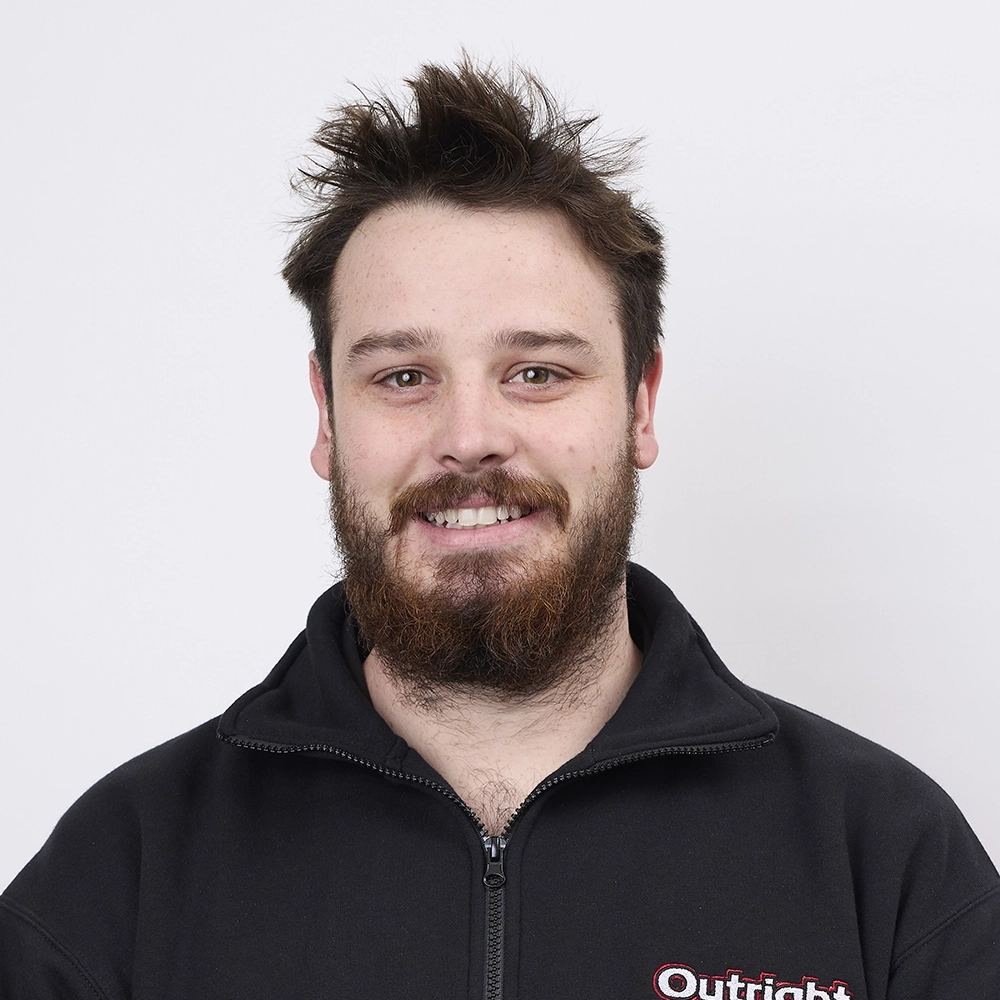Licensed Melbourne plumbers with 25+ years collective experience
With same-day call-outs, fixed and upfront pricing and over 600 5-star reviews, you’ll see why we’re one of Melbourne’s most trusted plumbers.
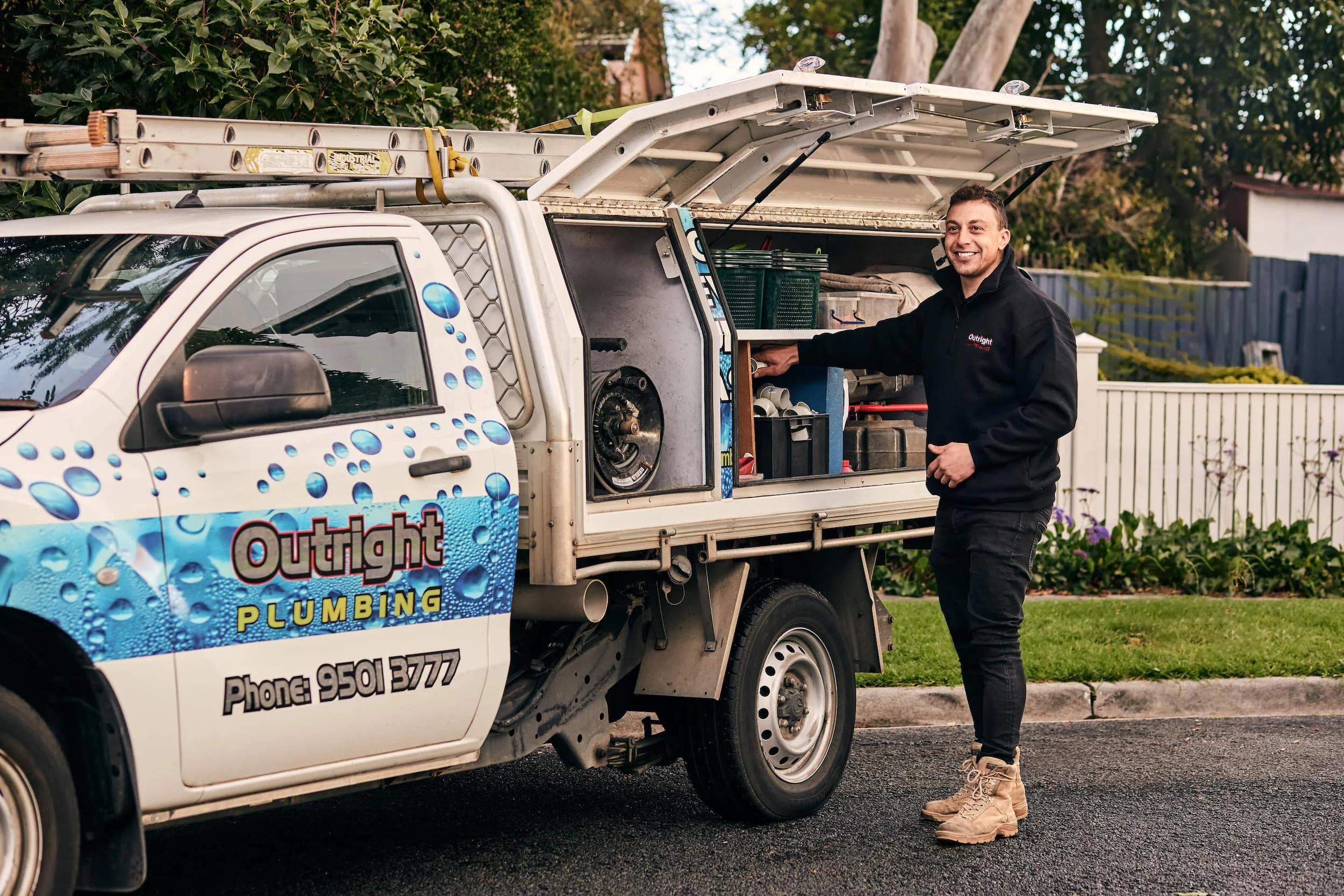
700+ 5-star Google reviews tell you all you need to know about us
When you’ve got a plumbing problem, you’re not looking for the plumbing companies with the biggest marketing budgets. You want someone you know you can trust.
Outright Plumbing is a family operation that respects your time, property and budget in the way you deserve. Those 700+ reviews? Those aren’t just one-offs. Most of them have turned into long-term relationships built on trust no marketing can buy.
Book Outright Plumbers for:
- Same-day plumbing service across Bayside
- Transparent and fixed pricing
- Clear options, open communication
- Quality, lasting, guarantee-backed workmanship



Fast and reliable plumbing services in Melbourne
Whether it’s a plumbing emergency or planned maintenance, our licensed Melbourne plumbers deliver dependable plumbing solutions for local homes and businesses. Explore our full range of plumbing services below to see what we specialise in.
Appliance & fixture installation
General plumbing
Taps & toilets
Hot water systems
Blockages
Emergency plumbing
Why Melbourne locals choose Outright Plumbing
700+ 5-star Google reviews
We haven’t made a claim we couldn’t back up or a promise we can’t keep.
25+ years of combined experience
New homes, heritage properties, multi-storey buildings or busy businesses — we’ve seen it all.
Upfront fixed pricing
We give you a clear price before we start, so there are no surprises when the bill arrives.
Local plumbers, personal service
You deal directly with our friendly Bayside team. No call centres, no runaround, just genuine local service.

Keen to read those 5-star reviews?
Here’s a snapshot of the feedback we’re proud to receive every week.
Meet our team
We started as a two-person team operating out of our parents’ garage and now we’ve got a squadron of experts zooming around Bayside. We’d say that’s pretty solid proof of the quality of our work. Come meet the plumbers Melbourne trusts so much.
Ready to get your plumbing sorted?
Whether it’s an urgent fix or planned maintenance, our Melbourne plumbing team is here to make the process quick, easy, and stress-free. We’ll get your home or business back in top shape with clear communication and quality workmanship that easily meet plumbing industry standards.
Trust our team to get Melbourne’s plumbing flowing
Everybody’s busy. You’ve got places to be, jobs to do, shopping to pick up and kids to wrangle. We explain your options and costs clearly so you can make confident decisions and we can get to work on the double. Here’s what’ll happen.
1. Get in touch
We’ll discuss the issue and the urgency. If you’re happy with our $45 diagnostic fee, we’ll pencil in a convenient visit.
2. Weigh your options
We’ll assess the plumbing issue and offer you three solutions, explaining the pros and cons clearly. You make the call, and we’ll take it from there.
3. We get to work
If it’s an emergency, we’ll fix it then and there. Otherwise, we’ll lock in a time to return that works better for you and get the job done.
4. Job complete
We tidy up, test everything, and make sure you’re happy before we leave. Every plumbing job is backed by our workmanship guarantee.
Proudly serving Bayside and surrounding Melbourne suburbs
Based in the heart of Bayside, we can get to you quickly when you need us most. Our team knows the area, the local homes, and the plumbing challenges common in this part of Melbourne, and we use that knowledge to solve problems efficiently.
From emergency callouts to scheduled maintenance, you can expect the same care, expertise, and attention to detail on every job. Count on us for prompt, professional service backed by genuine local knowledge.
Our Instagram’s flush with fresh updates
Follow our work, see behind-the-scenes updates, and get ideas for your next plumbing project by checking out our latest Instagram posts.
Our plumbers are ready to race across Melbourne for you
We know you need a plumber. Why else did you read all the way to the bottom of a plumber’s website? Let’s get to work! Fill out this contact form or, if it’s an emergency, give us a ring to book our Melbourne plumbers.






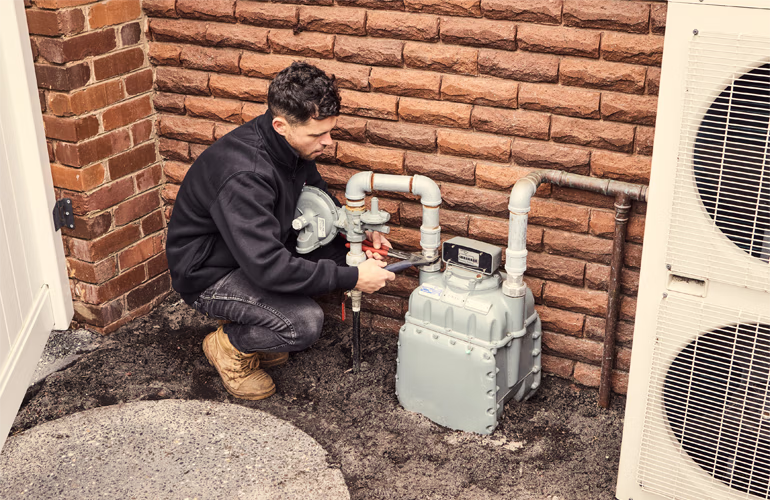
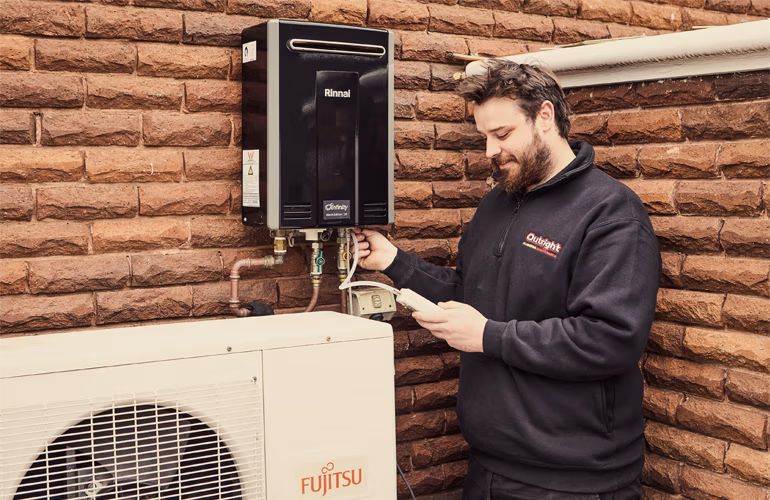
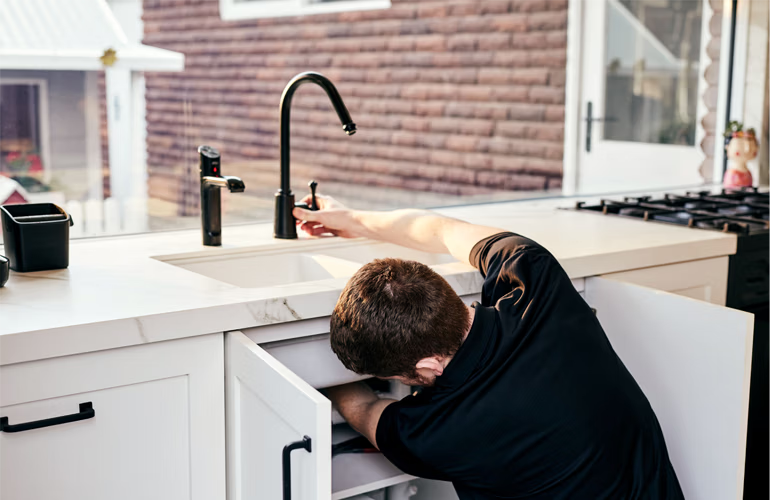
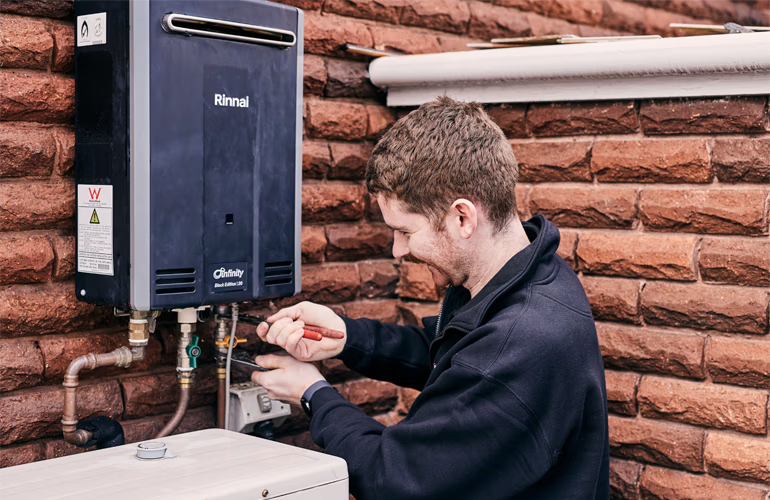

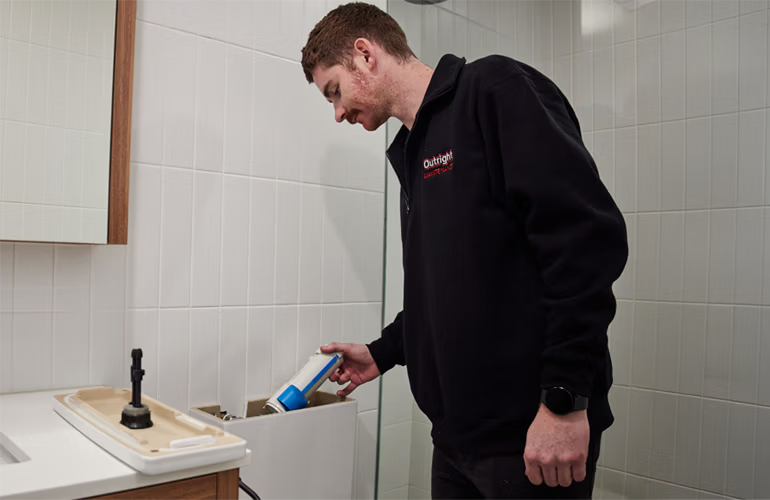


.svg)











